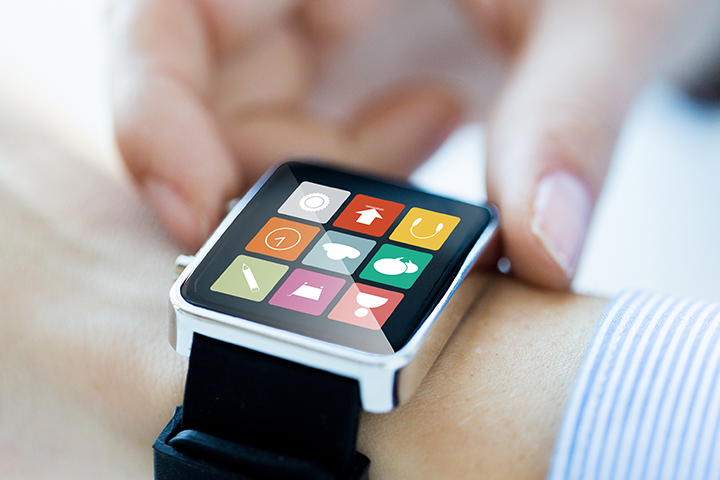Wearable Electronics Market Report, published by Allied Market Research is forecast to reach $25.19 billion with a corresponding volume of 142.6 million units by 2020. The market revenue is expected to grow at a CAGR of 26%, while volume would witness a CAGR of 23% during forecast period (2014 – 2020).North America currently holds the largest market share; however, Europe will grow the fastest to become the largest market for wearable electronics.
Get Sample Pdf Copy @ https://www.alliedmarketresearch.com/request-sample/495
Usage of wearable is still at a nascent stage, the dawn of mobile wireless systems, smart phones has sparked a new era for wearable electronics globally. Gadgets which were deemed to be just used in industrial, commercial applications are now finding its way into normal consumers enhancing their quality of life through various applications such as healthcare, sports and fitness, lifestyle among a few. As per our analysis, the market will follow moderate growth within prevailing market conditions. However, even to achieve this, whole lot of the onus is for the manufacturers to do the following:
Educate customers to showcase the benefits of wearable electronics even in the presence of substitutes
Position products wherein customers feel that the there is a fair price value rationale
Ease of access and wear ability. Smart watches have already gathered a lot of market even though wearable electronics are still in its early stages.
We believe the following reasons are the most important which could help the penetration for wearable electronics:
Watches are the most common form of wearable electronics worn by consumers, smart watches replace that and the watches are not only used to show time, calendar, altitude, but now these also track heart rate, pulse and gives an analysis of users’ health which can be further analyzed on their laptops or other devices. These watches also include sleep timers to monitor sleep
On a single device, convergence has helped consumers to make calls through their smart watches. In this case, from a single device, consumers achieve a lot of things and when compared to three or four different devices, a single device takes its place, which in turn has resulted in the success of this particular wearable electronic. If the same can be achieved for other wearable devices, there would be mass consumption of these devices as we have seen with smart phones
Adoption of smart phones is one bright spot which indicates that given accessibility and options, with perceived benefits, which showcases that there is a lot of potential for wearable electronics in the market.
Do Purchase inquiry @ https://www.alliedmarketresearch.com/purchase-enquiry/495
The global market for wearable electronics was valued at $4.01 billion in 2013. This includes all forms of wearable electronics, devices, and applications. Lifestyle applications accounted for a major share in the consumer application segment and had 20% market share of the overall market. Further, the market for lifestyle and fitness is anticipated to have the highest growth amongst other applications. Defense and Industrial applications were other major applications, which had over 22% market share of the overall market.
Key Findings of Wearable Electronics Market:
The global wearable electronics product market is dominated by wrist wears, which contributes to approximately 45% of the overall market
In terms of applications, lifestyle and fitness segments account for 38% of the overall pie
North America accounts for about 40% of the demand for wearable electronics for both consumer and commercial applications
In terms of product components, memory components account for approximately 23% of the overall market for wearable electronics by components
The market is dominated by large players such as Google, Nike, Adidas, etc. There are a number of small players in the market, who offer products for wearable electronics. However, most of the players are based in the US and this market is slowly but steadily finding its way into other locations targeting other geographies.
Typically, smaller firms have limited scope of operations, both in terms of products and geography. In contrast, leading players have integrated operations through their other offerings such as smart phones, and electronics products. These integrated players work with vendors supplying components and aim to build capabilities across the value chain – from components to retailing finished wearable electronics.
However, companies like Jawbone and Fitbit have raised a lot of capital through funding based on their business ideas and are now competing with large players in the wearable electronics space.

